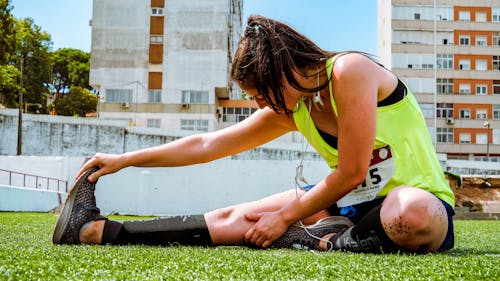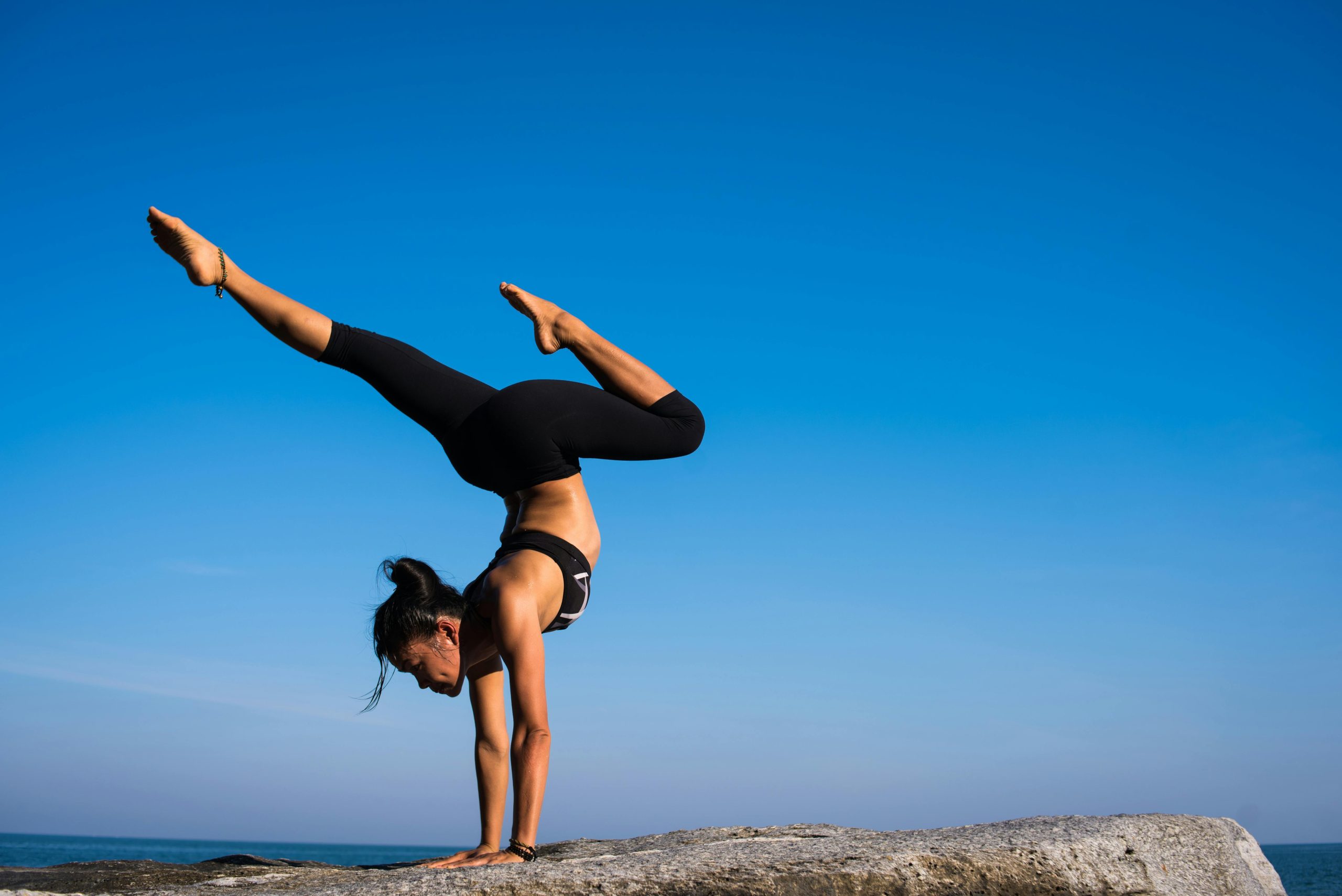The Often Overlooked Pillar of Performance
For many athletes, the focus tends to rest on strength, endurance, and skill. Training programs are built around weights, sprints, drills, and tactics. What often gets pushed aside is the quieter, more subtle side of preparation: mobility, flexibility, and mental composure. That’s where yoga and stretching come in—not as an alternative to hard work, but as a necessary complement.
Both practices build a foundation that supports every other element of athletic performance. From reducing injury risk to enhancing recovery, they are far more than just warm-ups or cool-downs.
Injury Prevention Starts with Flexibility

Muscle tightness is a hidden danger in sports. It reduces the body’s ability to absorb force, increases joint stress, and limits natural movement. Athletes who neglect flexibility are more likely to suffer strains, pulls, and overuse injuries.
Stretching—and particularly the sustained, mindful stretches practiced in yoga—helps keep muscles long and joints mobile. This not only improves range of motion but also allows the body to handle awkward landings, sudden changes in direction, and repetitive motion with far less risk.
Yoga adds an additional layer by focusing on stabilizing muscles as well. It doesn’t just stretch the hamstring—it strengthens the surrounding structures that hold it in place, bringing balance to areas often overtrained or neglected.
Recovery That Actually Works
Training is only half the equation; recovery is the other. Hard sessions break the body down. Without proper recovery, gains stagnate or reverse.
Stretching promotes blood flow to sore muscles, aiding nutrient delivery and waste removal. But yoga goes further. Deep breathing techniques stimulate the parasympathetic nervous system—shifting the body out of “fight or flight” mode and into a state of healing. Holding gentle poses while breathing deeply calms the mind, slows the heart rate, and reduces cortisol levels. For athletes constantly pushing limits, this kind of reset is invaluable.
Over time, athletes who regularly practice yoga report improved sleep, quicker recovery times, and fewer nagging pains that interrupt training cycles.
Posture, Alignment, and Muscle Awareness
Athletes operate under intense physical demands. Without strong posture and muscle alignment, the risk of imbalance grows. A runner might overuse one hip; a swimmer may rotate too much through one shoulder. These patterns build up silently until injury strikes.
Yoga develops a deep, internal awareness of how the body moves. It teaches athletes to feel when one side of the body is tighter than the other, when the pelvis isn’t aligned, or when the spine lacks stability. This awareness is one of the most effective tools for preventing chronic issues and reinforcing clean movement patterns.
Stretching alone can ease tightness, but yoga teaches movement discipline—training the body to hold strength evenly, breathe steadily, and move with intention.
The Mental Edge
Beyond the physical benefits, there’s a quieter advantage: mental clarity. In high-stakes competition, the ability to focus, stay calm under pressure, and reset quickly can be the difference between winning and losing.
Yoga offers athletes a chance to train the mind alongside the body. Learning to control breath under stress, to stay still when uncomfortable, and to observe thoughts without judgment—these are skills that translate directly onto the field, court, or track.
It’s not about spirituality or philosophy unless the athlete seeks it. For most, it’s a practical way to build mental resilience and sharpen concentration.
Sustainable Training Across a Long Career
Longevity is often the true test of an athlete’s discipline. Careers are cut short not just by major injuries, but by wear and tear, burnout, and loss of mobility. Heavy training loads and competition calendars take their toll over time.
Regular stretching and yoga routines provide a buffer against this wear. They extend the life of muscles, joints, and connective tissue. They help athletes stay limber, recover faster, and maintain consistency through the ups and downs of training cycles.
Athletes who incorporate mobility work consistently often find themselves able to train harder, longer, and more frequently—without sacrificing health or performance.
A Shift in the Modern Training Mindset

More and more professional athletes now include yoga and stretching as non-negotiable parts of their routines. Not because it’s trendy, but because it works. The old belief that flexibility is separate from performance is fading fast.
From gymnasts to footballers, sprinters to lifters, athletes are realizing that strength without mobility is incomplete. A powerful engine means nothing if the wheels don’t turn smoothly. A precise pass or explosive sprint requires not just muscle, but mobility, balance, and control.
Yoga and stretching aren’t about replacing what works in sport-specific training—they’re about filling in the gaps that strength and endurance alone can’t reach.
A Daily Practice That Pays Off
You don’t need to twist into impossible poses or hold splits for minutes. Just 15–30 minutes a day of targeted mobility work or yoga can yield enormous returns. Whether it’s first thing in the morning, as part of a warm-up, or after practice, consistency is more important than intensity.
And over time, it becomes more than just a habit. It becomes a mindset—a way of respecting the body, staying present, and building a resilient foundation that supports every sprint, jump, lift, or stride.





